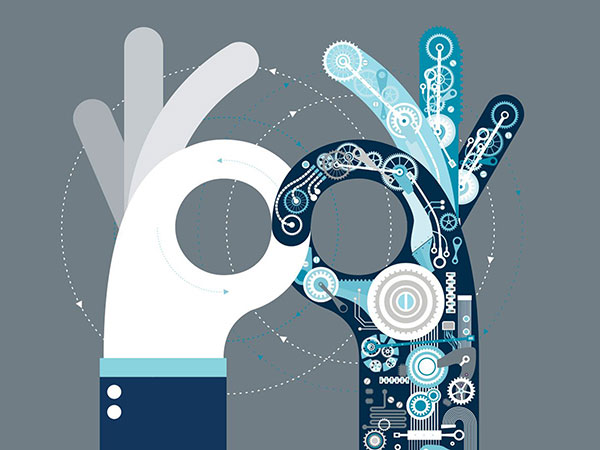Recent trends indicate personalization, customization, and customer-centric marketing are essential to success and growth for businesses. Big data, especially when analyzed by AI, is also essential to reaching consumers and filling their needs. How can we utilize business intelligence software to best utilize big data?
The connection is more organic than you might think: using BI prediction software, big data collected via CRM and other sources and your human analysts, you can predict and test solid business models for the future.
The big picture: planning the future of your business
Big data requires big analysis. We’re used to discussing big data when it comes to marketing, but what about those long-term business decisions? In rapidly changing industries, it’s essential for businesses to have key data points that aid them in making decisions.
Translating big data to realistic strategy requires precision, testing, and a significant amount of industry knowledge. This involves:
- Selecting information models
- Compiling data from existing sources
- Using outside sources of information to fill in knowledge gaps
- Competitive analysis
- Tests and modeling
- Ensuring big data has a frame for input
It’s best to apply this data to specific decisions and scenarios in a business. An analysis including forecasted market metrics provide insights to help entrepreneurs make such decisions. Skilled analysts can apply the data to long-term business strategy, allowing enough flexibility for small changes in-process (whether those changes are caused by market response, new developments, or new regulations).
Just over half of all CEOs utilize data analytics to determine which new products and services to develop, and 46% use it to manage risks. This isn’t a trend; it’s the new normal.
Analysis and digital advertising
Thanks to big data, it’s possible for AI software to analyze your business and its website, connect with a paid advertising platform like Facebook, and get the most out of your advertising budget at more accuracy and less cost.
Personalization with big data
Amazon remains the primary example for the personalized online shopping experience. Complete with its own effective search engine, Amazon and its algorithms look beyond demographics to create a user experience serving the individual. It does this using four key layers, called the 4I approach:
- Identify what type of data you’ll need to reach, engage with, and serve your customers and prospects. Check out ways to cross-reference, segment, and apply that data.
- Integrate practical and historical data from your business from your CRM and other sources.
- The Intent stage looks at customer intention. What set of circumstances lead them to seek your product? What else is going on in their life? This is where your buyer personas come into play to inform your strategy.
- Imply is the execution; this is where you look at how you’ll execute your strategy in an agile way. You can change it over time — and it should be designed to change. Here, you can personalize the experience.
At the “Imply” stage, you should continue to collect data to see how to best move forward. This can help you identify further customer needs. If you do it better than your competition, you’ll have a real advantage.
The human touch
Think about industries like auto insurance. One of the worst feelings in the world after a car accident is calling your insurance company only to find an automated menu. The insurance company’s website or app might have allowed you to navigate the policy selection process without having to deal with a person (which seems like a win), but when you have a very specific need, especially an urgent one, speaking to a person is paramount.
The fact is that 75% of customers feel it takes too long to reach a human on the phone when they call a business. Until AI can perfectly simulate empathetic and resourceful human interactions, a human customer service workforce is here to stay — and necessary for customer satisfaction.
You can and should automate your customer satisfaction surveys, which will provide feedback about your phone system and human agents. Moving forward, this data is important.
Ultimately, business intelligence must be informed by a thorough analysis of big data. While there are technological advancements in this field every day, it’s still crucial for humans to understand how to make decisions based on data, collect and analyze data, track multiple financial models, and take a deeper look into a competitive analysis.
Even if software is doing the job, humans who program it must first master these fundamentals of business intelligence and big data. This creates an integrated learning process for analysts, who must retain a human instinct for business judgment and market analysis.











